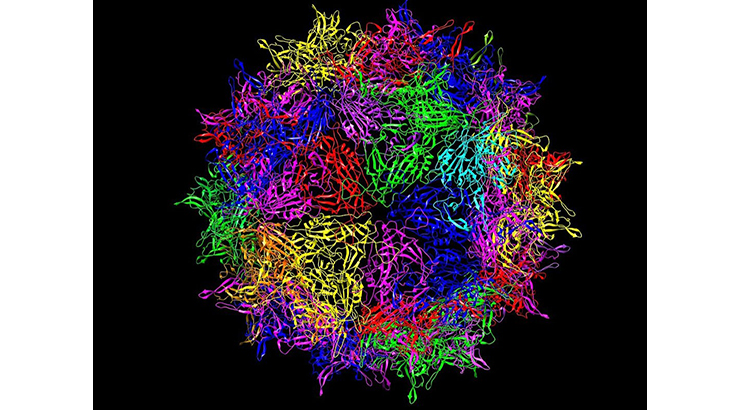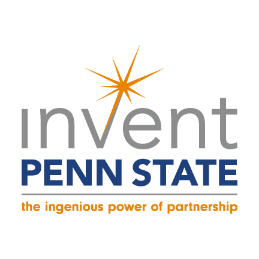Parvovirus Methods and Compositions for Killing Neoplastic Cells”
ID# 2003-2817
Technology Summary
The limited ability of anti-neoplastic therapy to distinquish neoplastic from normal cells continues to be a primary hurdle in the treatment and irradiation of neoplastic, tumor or other cancerous cells. Adeno-associated virus (AAV)-based vectors have been shown to be nonpathogenic vectors with potential for cancer gene therapy. AAV is ubiquitous, non-pathogenic, anogenital virus with tumor suppressive properties, including against the development of cervical cancer. The subject invention covers a type of AAV which selectively mediates apoptosis as a mode of oncosuppression in HPV-infected cell lines. Normal, non-cancerous cells infected with the invention did not undergo apoptosis and displayed no cytopathic effects.
Application & Market Utility
The research results show that the invention can induce cell death of cervical cancer cells at all stages of carcinogenic progression: preneoplastic cervical intraepithelial neoplasia I up to cervical invasive carcinoma cells. Experimental results including Western blot analysis, Southern blot analysis, Hirt DNA extraction and DNA fragmentation analysis provided confirmation regarding these apoptosis conclusions.
Next Steps
Dr. Meyers have worked to advance his discovery into clinical trials, which are protected by US Patent Nos. 8,080,240 and 8,980,247.

